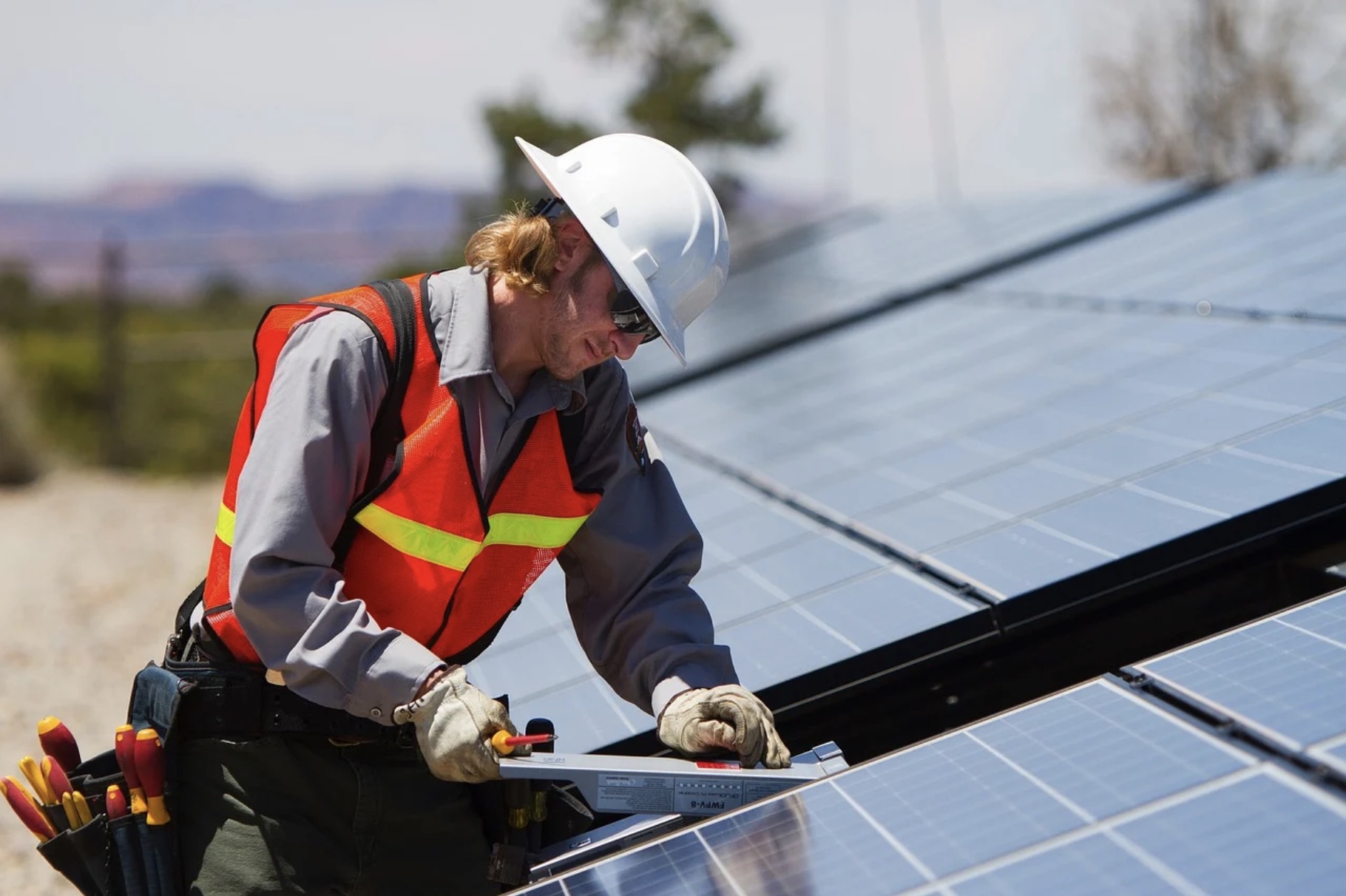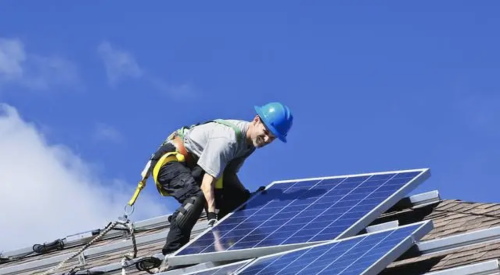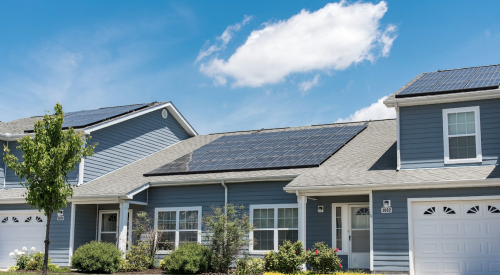In my previous column about preparing for the solar mandate, I provided answers to common questions homebuyers will have about solar energy as the industry grapples with complying with California’s 2020 mandate and as other states consider similar policies for new-construction homes. In this column, I address the myths and misconceptions builders and buyers typically mention regarding their reservations about going solar.
Our home prices will increase more than other builders, and we won’t be competitive.
All homes will be required to have similar-size systems, according to California's new-home solar mandate. So the playing field will be level as far as the minimum requirements builders need to meet for compliance. Of course, some builders will prove themselves more skilled and able to distinguish themselves in the market, either on price or with some other feature of the photovoltaic (PV) systems they install, such as energy efficiency or productivity.
Neighbors will object to solar PV installations on aesthetic grounds.
Solar has advanced over the years. Today's PV arrays have attractive, sleek designs that blend in with roof layouts.
Solar can only be installed on certain roof types.
Not true. We can install solar on any type of roof. It just has to be done the right way by a licensed professional with longevity in the market to service the homeowners after closing.
Getting our employees up to speed on solar is too complicated, time consuming, and expensive.
Builders need to understand how to communicate the value PV systems offer to their buyers. Hiring certified solar appraisers is a good way to accomplish this. While large builders and their vendors have their marketing and sales professionals well indoctrinated in the mechanics of solar power, smaller builders may not be as well equipped. Fill this void by affiliating with experts, especially since the marketing and sales staffs will need to be fully informed about solar products and performance.
I have all of the labor and supplies I’ll need.
Builders often have misconceptions about the labor and supply they’ll need to meet market demand, so they need to lock down contracts now. They also need to understand how other trades are impacted by the mandates and ensure that all contractors, subs and others understand solar. For example, plumbers need to understand where to direct vents, and roofers need to ensure the system fits.
Solar is too expensive.
Financing options will play an important role. Builders need to partner with their solar installer and determine which program is best suited for their buyers. Ownership should always be offered. Lease or PPA-adds can be offered at virtually no cost to the builder, but the various options present a different set of circumstances for the buyer. We work with builders on both the purchase and the lease options, so we know there are practical differences in cost, maintenance, terms, opportunities for financial offsets, savings, return on investment, tax credits, and other items all of which have to be carefully explained to buyers.
These are just a few of the main misconceptions’ builders should be aware of, but there will be more. We know that educating builders and buyers is extremely important to successful execution. We look forward to the challenges the 2020 solar mandate in California brings, especially since we believe it is precedent-setting and part of the fight against global warming.
The economic, social, and environmental costs of our fossil fuel dependence has become more and more clear over the past couple of decades. We need to replace fossil fuels with cost-effective, safe and low-carbon renewable options, such as solar. Our planet’s prosperity depends on it. Fortuitously, we are at the cusp of a new generation of intelligent energy partnerships, production and use, and homebuilders play a huge role.













